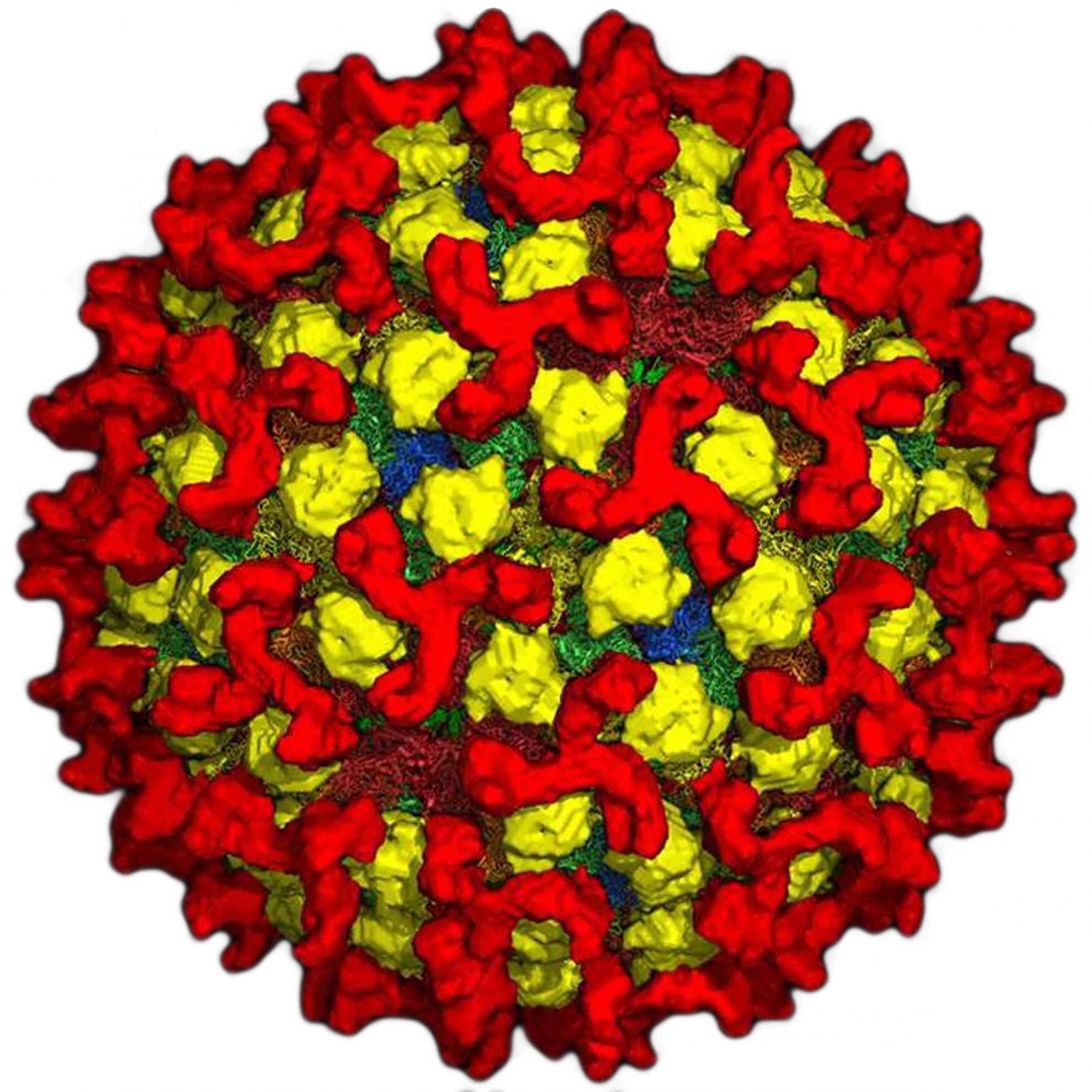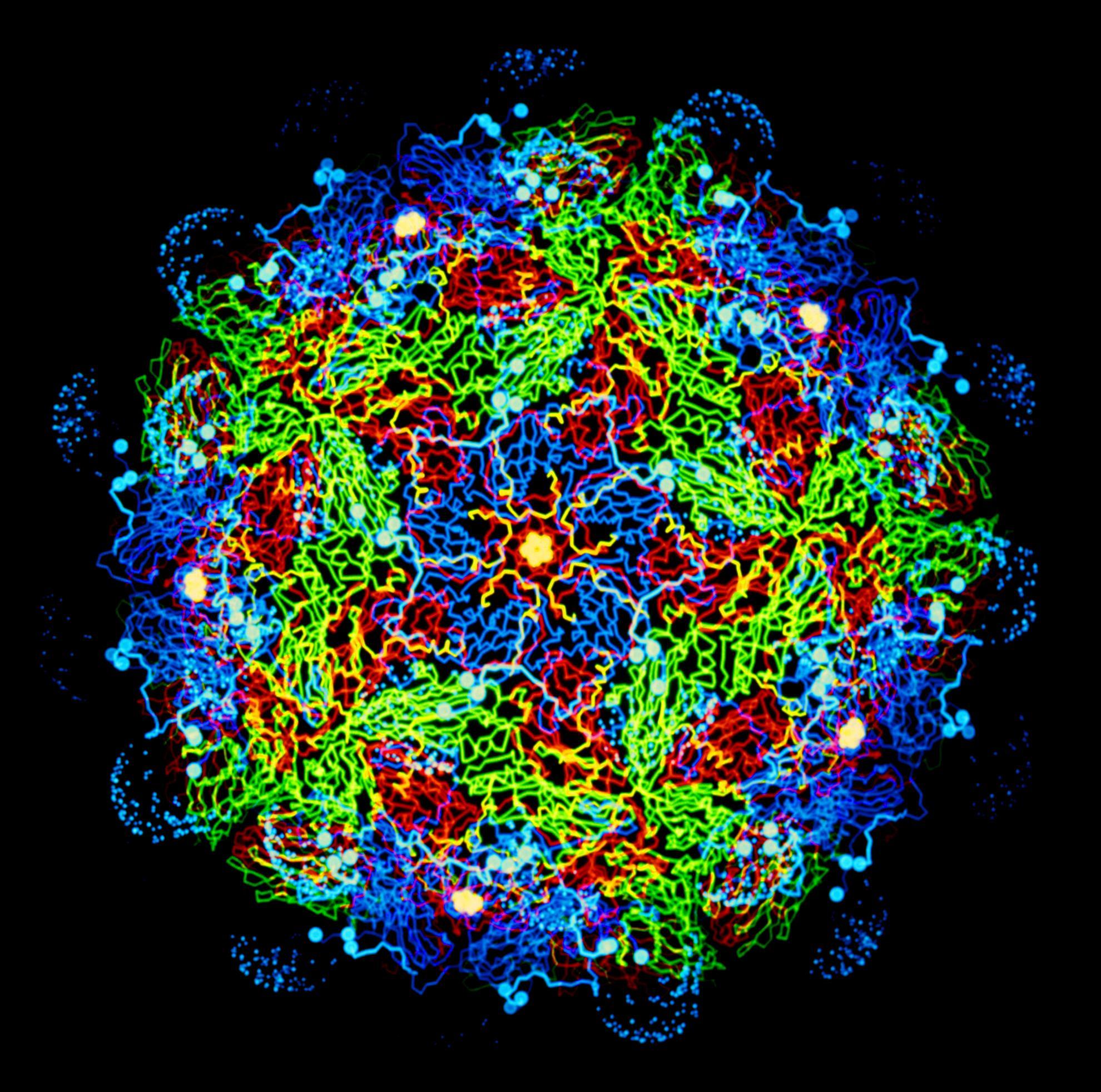Evaluating the most appropriate pooling ratio for EDTA blood samples to detect bluetongue virus using real-time RT-PCR
The control of Bluetongue virus (BTV) presents a significant challenge to European Union (EU) member states as trade restrictions are placed on animals imported from BTV-affected countries. BTV surveillance programs are costly to maintain, thus, pooling of EDTA blood samples is used to reduce costs and increase throughput. We investigated different pooling ratios (1:2, 1:5, 1:10 and 1:20) for EDTA blood samples to detect a single BTV positive animal. A published real-time RT-PCR assay (Hofmann et al., 2008) and a commercial assay (ThermoFisher VetMax™ BTV NS3 kit) were used to analyse BTV RNA extracted from pooled EDTA blood samples. The detection rate was low for the onset of infection sample (0 to 2 days post infection (dpi); CT 36) irrespective of the pooling ratio. Both assays could reliably detect a single BTV-positive animal at early viraemia (3 to 6 dpi; CT 33) when pooled, however, detection rate diminished with increasing pooling ratio. A statistical model indicated that pooling samples up to 1:20, is suitable to detect a single BTV positive animal at peak viraemia (7-12 dpi) or late infection (13-30 dpi) with a probability of detection of >80% and >94% using the Hofmann et al. (2008) and VetMAX assays, respectively. Using the assays highlighted in our study, pooling at ratios of 1:20 would be technically suitable in BTV-endemic countries for surveillance purposes. As peak viraemia occurs between 7 to 12 days post infection, a 1:10 pooling ratio is appropriate for post-import testing when animals are sampled within a similar time frame post-import.


